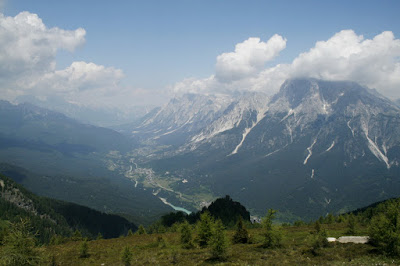


The Alpine Convention will support such sustainable projects in the Carpathian region. "If crossing the Alps, from Chambery in France via Switzerland and Austria, up to the Italian Dolomites, has been a project with an obvious success, you have my guarantee that, at least as a good practice and know-how this will be applied in the Carpathians probably next year," said the Secretary General of the Alpine Convention, Marco Onida.
"We are open to participate in such a project in the Carpathian mountains, and, inevitably, I suggest its name: SuperCarpatica!", added Onida. The aim was to discover and ask about the different networks, especially at the local level, to highlight the foundation for cooperation between alpine mountain communities. Moreover, the project was set to be an example of good practice which could be "exported" to other mountain areas rich in biodiversity and traditions such as Carpathians, concluded Onida.
Encouraging consumption of local products, presentation of eco-initiatives, in alpine towns or in tourist destinations, such as sustainable mass transport, generation of energy from biomass or protection of flora and fauna were the streng

 ths of the project.
ths of the project.










